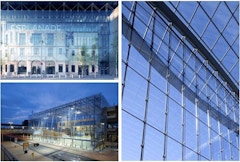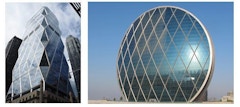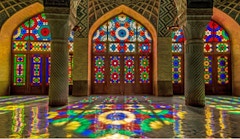
Ceramic Precast Composite Panels
An innovative lightweight ceramic precast composite panel is introduced in this paper that offers the unique benefits of prefabricated off-site

An innovative lightweight ceramic precast composite panel is introduced in this paper that offers the unique benefits of prefabricated off-site


Exterior shading devices, when typically used, are horizontal planes that are most effective at the south face of buildings in the northern

High-rise buildings in growing cities could become more vulnerable to variations in wind flow due to the continuous changes in urban topology. The

Facade engineering aims at appropriately balancing the demands imposed by the context and the capabilities inherent to the materials, the geometries


This paper examines two profoundly different design approaches: one, herein called ‘autonomous’, where the building’s design is governed by internal


There have been three decades of liberating developments in the application of descriptive geometry and freeform design methods, as well as the


Traditional architecture can be a valuable source of inspiration for designers. Sustainable design concepts in traditional architecture have been






Kinetic responsive systems are gaining attention in architectural applications, to reduce the building’s energy consumption and environmental impact,